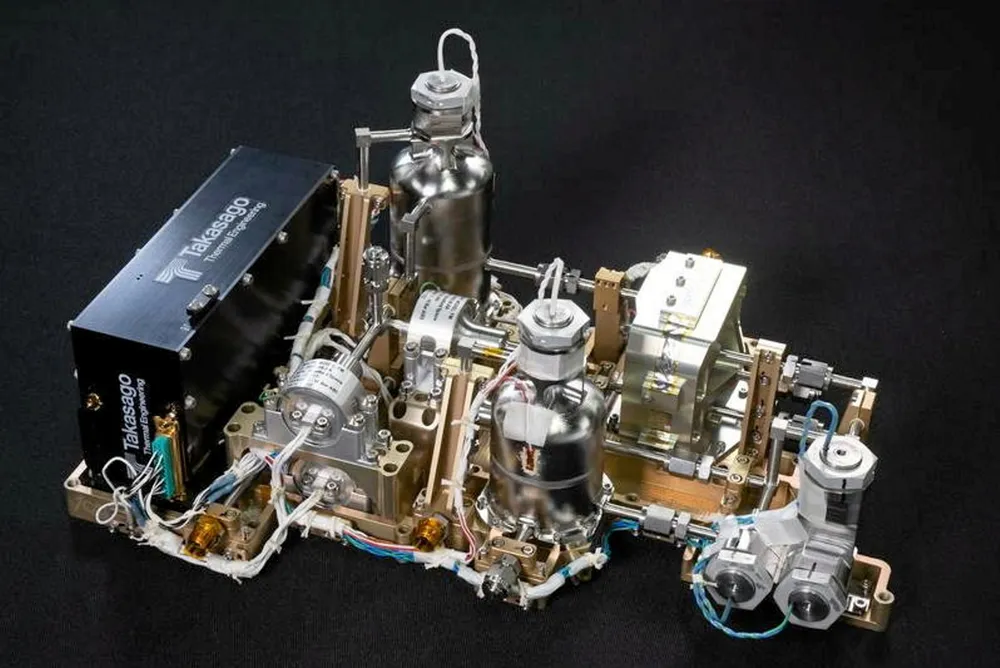'First hydrogen on the moon' | Japanese firms plan to produce H2 during space mission set to launch this year
Takasago Thermal Engineering has handed over a specialised electrolyser to Ispace for upcoming lunar mission

Takasago Thermal Engineering has handed over a specialised electrolyser to Ispace for upcoming lunar mission
